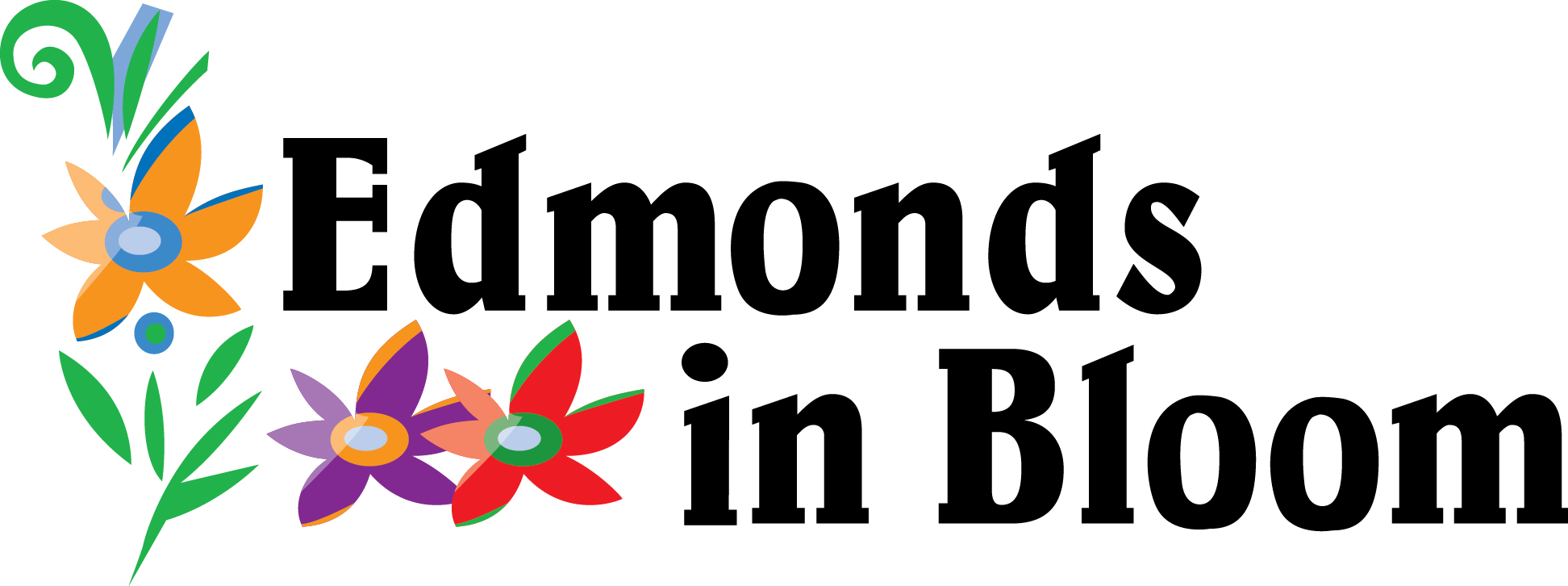Attracting Beneficial Insects
Attracting Beneficial Insects
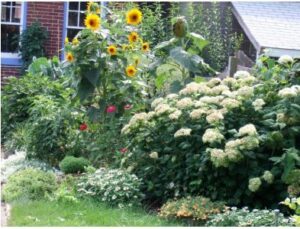 Bees have been making headlines, and not in a good way. All across the country, honeybees are abruptly and mystifyingly disappearing—a phenomenon known as colony collapse disorder. The positive upshot of this unexplained decline of the honeybee is a general uplifting of consciousness about the value of pollinators of all kinds, and an awareness of the things gardeners can do that will help sustain their populations. Growing a bee-friendly garden, an almost unthinkable concept in years past, has become an aspiration for many.
Bees have been making headlines, and not in a good way. All across the country, honeybees are abruptly and mystifyingly disappearing—a phenomenon known as colony collapse disorder. The positive upshot of this unexplained decline of the honeybee is a general uplifting of consciousness about the value of pollinators of all kinds, and an awareness of the things gardeners can do that will help sustain their populations. Growing a bee-friendly garden, an almost unthinkable concept in years past, has become an aspiration for many.
This burgeoning awareness has propelled native bees onto the “most-wanted list” of beneficial insects, which includes lady beetles, lacewings, syrphid and tachinid flies, and parasitic and predatory wasps, among others. Many of these predators and pollinators have similar needs: nectar, pollen, water, shelter from the wind. Planting flowers and herbs from seed will fill those needs easily and efficiently. And an extra bonus comes from providing nectar and pollen for beneficial insects—success is a beautiful sight!
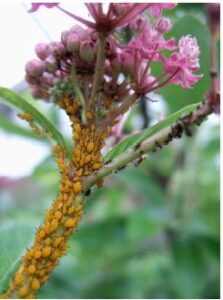 General Rules for Bringing In the Right Bugs
General Rules for Bringing In the Right Bugs
Yes, you can purchase mail-order bags of lady beetles and lacewing eggs and release them into your garden. The difficulty lies in keeping them there. Better to expend your energy to create a habitat that will attract a diverse population of desirable insects and sustain them from their larval stage to adulthood. The best and simplest strategy is to have flowers in bloom from spring through fall. Much research has been done on the types of flowers that are most effective in attracting the right kinds of insects, but a short list of general rules can help gardeners make intelligent choices intuitively:
1. Tiny clusters of flowers with exposed nectaries (think Queen Anne’s Lace) attract a wide variety of beneficial insects.
2. Many insects prefer flowers with a single row of petals over those that have two or more rows.
3. Flowers of diverse colors and forms will attract a diverse population of pollinators.
4. Tall groupings of plants provide insects with shelter from drying winds.
5. Culinary herbs such as thyme, oregano, cilantro, and dill are attractive to many pollinators and predaceous insects when allowed to flower.
6. Insect predators require prey—lady beetles will not stick around if there are no aphids. Accept a few pest insects as a necessary part of keeping things in balance.
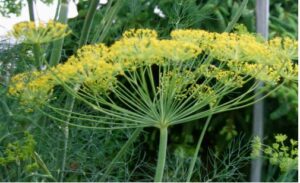 Mind the Gaps
Mind the Gaps
A gap in your garden’s nectar and pollen supply will send beneficial insects flying to your neighbor’s yard. Don’t let that happen! It’s not difficult to have plants in bloom throughout the growing season if you think about planting successive patches of fast-growing flowering plants. Good candidates for succession planting are sunflowers, herbs such as arugula, cilantro, and dill, and vegetables such as gourds and squash. In a pinch, plant patches of annual buckwheat every few weeks. Not only do the tall, fast-growing plants provide beneficial insects with shelter in bad weather, they go from seed to bloom in little more than a month.
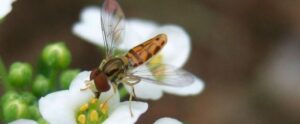 Your Garden Ally – the Flower Fly
Your Garden Ally – the Flower Fly
Syrphid flies, a.k.a. hoverflies or flower flies, have been the focus of much vegetable farming research, for good reason. Strong fliers with the ability to hover above plants, they are ideally suited for finding and destroying aphid colonies. Adults, which resemble bees and wasps, lay their eggs singly on leaves near aphid colonies. Maggot-shaped syrphid larvae hatch in about 3
days, and consume hundreds of aphids each. Adult flower flies need nectar and pollen in order to reproduce; larvae require aphids to develop into adults. So if you grow bok choi, lettuce, roses, peas, or any of the many other plant species that host aphids, be sure to sow seeds of sweet alyssum, buckwheat, and carrot family plants such as dill and cilantro, to supply nectar and pollen for this helpful predator.
Top annual flowers and herbs for attracting beneficial insects:
Dill: lady beetles, syrphid flies, predatory and parasitic wasps
Cilantro: lady beetles, syrphid flies, parasitic wasps
Sweet alyssum: syrphid flies
Sunflowers: bees and predatory wasps
Buckwheat: syrphid flies, lady beetles
Easy From Seed: Early, Mid-season, and Late Blooming Plants that Attract Beneficial Insects
Early
Arugula (Eruca sativa)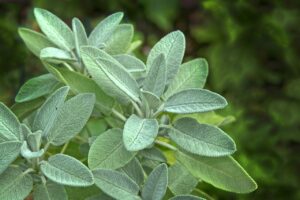
Basket-of-Gold (Aurinia saxatilis)
California Poppy (Eschscholzia californica)
Candytuft (Iberis sempervirens)
Chamomile (Matricaria recutita)
Columbine (Aquilegia spp.)
Lovage (Levisticum officinale)
Sage (Salvia officinalis)
Sweet Alyssum (Lobularia maritima)
Mid-Season
Arugula (Eruca sativa)
Asclepias (Asclepias curassavica)
Baby’s Breath (Gypsophila muralis)
Basil (Ocimum basilicum)
Bishops Lace (Ammi majus)
Borage (Borago officinalis)
Buckwheat (Eriogonum annuum)
Calendula (Calendula officinalis)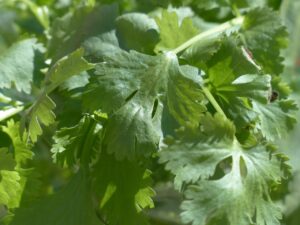
Cilantro (Coriandrum sativum)
Clary Sage (Salvia horminum)
Cosmos (Cosmos sulphureus, C. bipinnatus)
Dill (Anethum graveolens)
Fennel (Foeniculum vulgare)
Feverfew (Chrysanthemum parthenium)
Marigold (Tagetes tenuisecta)
Mustards (Brassica juncaea)
Nasturtium (Tropaeolum majus)
Oregano (Origanum spp.)
Squash (Cucurbita spp.)
Sunflower (Helianthus annuus)
Tithonia (Tithonia rotundifolia)
Tomatillo (Physalis philadelphica)
Late
Arugula (Eruca sativa)
Cilantro (Coriandrum sativum)
Cosmos (Cosmos sulphureus, C. bipinnatus)
Dill (Anethum graveolens)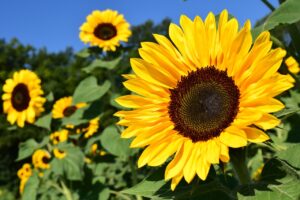
Gourds (Cucurbita pepo)
Squash (Cucurbita spp.)
Sunflower (Helianthus annuus)
Credit: homegardenseedassociation.com
